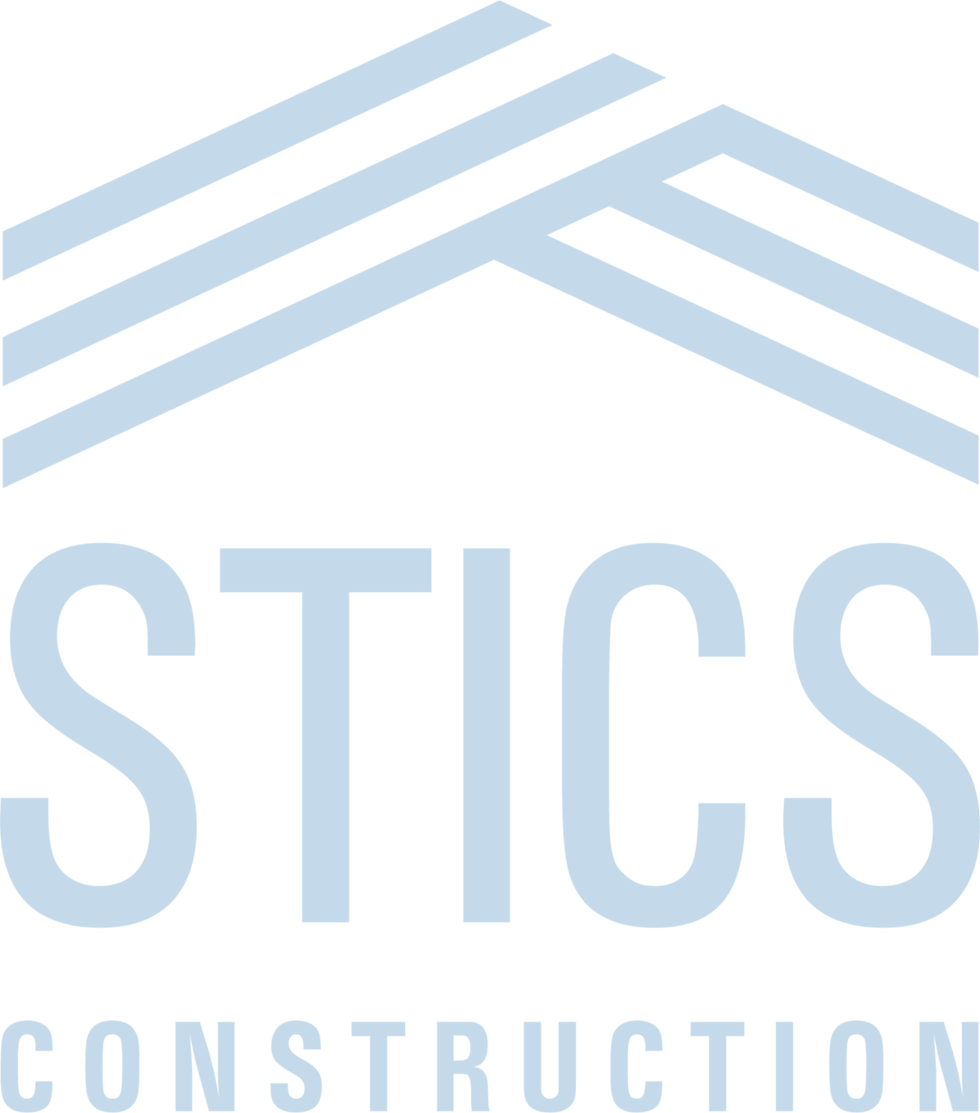Exploring the Impact of Energy Efficient Residential Front Doors on Home Value and Comfort
The choice of residential front doors significantly influences not only the aesthetic appeal of a home but also its overall value and comfort. Recent studies indicate that energy-efficient doors can improve a home's resale value by up to 10%, as highlighted in the 2023 Remodeling Impact Report by the National Association of Realtors. Furthermore, the U.S. Department of Energy asserts that homes with well-insulated doors can reduce energy costs by up to 15%, providing homeowners with both immediate comfort and long-term savings. As buyers increasingly prioritize energy efficiency and sustainability, the selection of residential front doors has become a critical factor in real estate decisions. This exploration of the impact of energy-efficient residential front doors underscores their role in enhancing home value and ensuring greater comfort for residents.
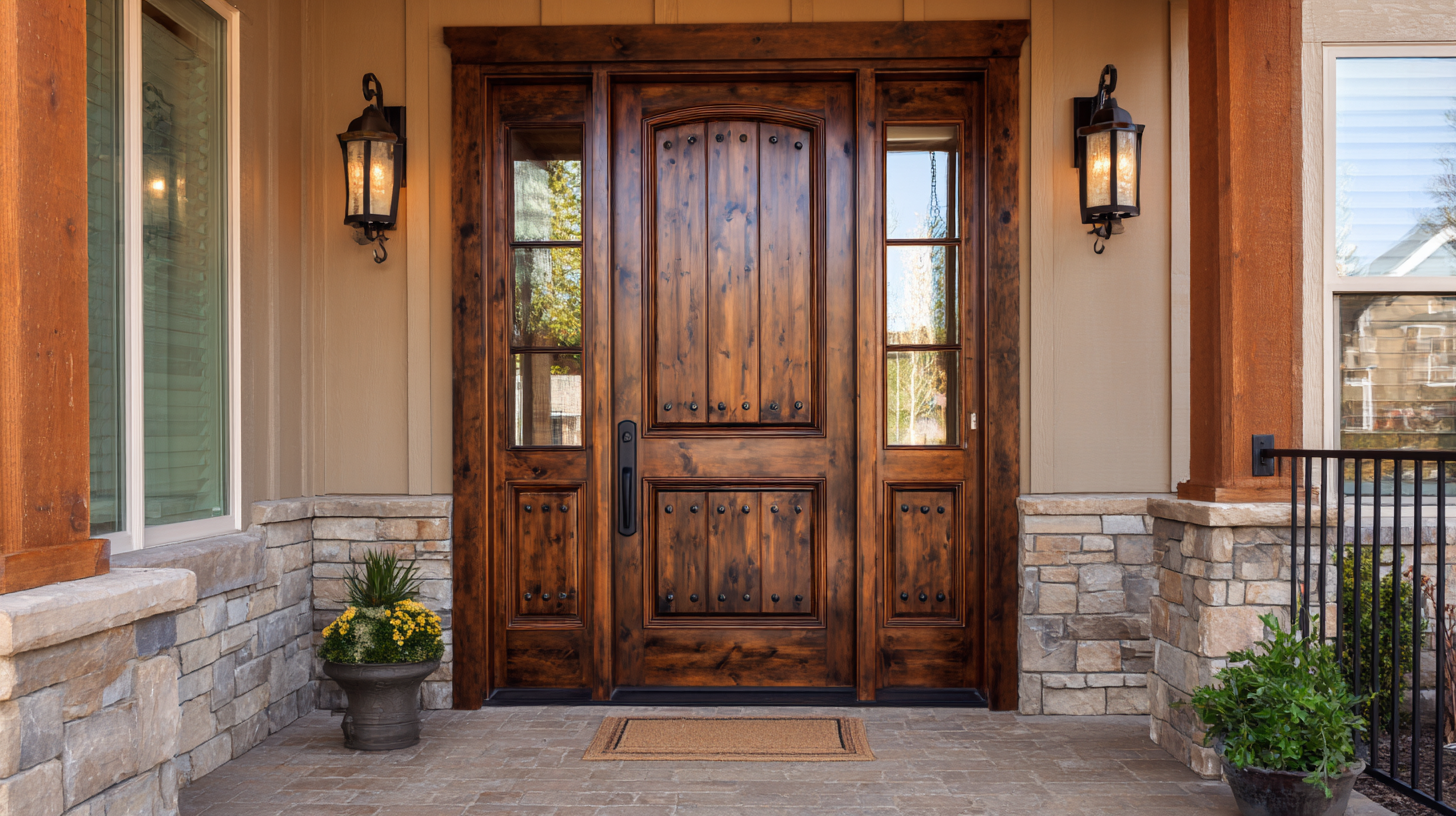
Assessing Energy Efficiency Ratings: Understanding Door Material and Insulation Benefits
 When evaluating the energy efficiency of residential front doors, the material and insulation properties play a pivotal role in both home value and comfort. Various door materials such as fiberglass, steel, and wood offer different levels of insulation, affecting how well they retain heat in winter and maintain a cool environment during summer months.
Fiberglass doors, for instance, typically provide superior insulation with their core filled with foam, minimizing heat transfer and ensuring consistent indoor temperatures. This not only enhances comfort but can also lead to lower energy bills, making them a wise investment for homeowners.
When evaluating the energy efficiency of residential front doors, the material and insulation properties play a pivotal role in both home value and comfort. Various door materials such as fiberglass, steel, and wood offer different levels of insulation, affecting how well they retain heat in winter and maintain a cool environment during summer months.
Fiberglass doors, for instance, typically provide superior insulation with their core filled with foam, minimizing heat transfer and ensuring consistent indoor temperatures. This not only enhances comfort but can also lead to lower energy bills, making them a wise investment for homeowners.
Understanding energy efficiency ratings is crucial for selecting the ideal door. Look for the Energy Star label, which indicates that the door meets strict energy efficiency guidelines set by the U.S. Environmental Protection Agency. Additionally, doors with high R-values signify better insulation performance. Homeowners should also consider factors like weather stripping and the door's airtightness, as these contribute significantly to preventing drafts. With the right choice in door materials and insulation, homeowners can achieve improved comfort levels while simultaneously increasing their property’s market value.
Analyzing Market Trends: How Energy Efficient Doors Impact Property Values in Different Regions
Energy efficient residential front doors are becoming a significant factor in real estate markets across various regions. As homeowners increasingly prioritize sustainability and utility savings, these types of doors not only enhance energy conservation but also elevate home values. In areas where climate extremes are common, such as the Northeast or the Southwest, buyers are actively seeking homes with features that lower energy costs and increase comfort. Thus, properties with energy efficient front doors are likely to command higher prices and attract more interest.
Tips: When considering upgrading to an energy efficient front door, focus on materials and insulation properties. Look for doors with a high R-value and ENERGY STAR certification, as these indicators reflect their efficiency in reducing energy consumption. Additionally, consider the aesthetic impact; choosing a design that complements your home can enhance curb appeal and further boost property value.
As market trends show a growing appreciation for energy efficiency, homeowners should take note of the regional preferences for styles and materials. For instance, modern designs may be favored in urban areas, while traditional styles might appeal more in suburban settings. It's crucial to tailor upgrades to your local market's expectations to maximize the investment and maintain a competitive edge in home value.
Comfort Enhancement: The Role of Front Doors in Temperature Regulation and Noise Reduction
Front doors play a pivotal role in enhancing the comfort of residential spaces, primarily by regulating temperature and minimizing noise intrusion. An energy-efficient front door acts as a barrier against external temperature fluctuations, maintaining a stable indoor climate. This is particularly important during extreme weather conditions, where a well-insulated door can significantly reduce heat loss in the winter and prevent unwanted heat gain during the hot summer months. By ensuring that homes remain at a consistent temperature, these doors not only increase comfort levels but also reduce reliance on heating and cooling systems, thus promoting energy savings.
In addition to temperature regulation, front doors contribute to noise reduction, creating a peaceful indoor environment. This is especially beneficial for homes located in noisy urban areas or near busy roads. Quality front doors equipped with soundproofing materials can diminish external sounds, allowing residents to enjoy a quieter living space. By addressing both temperature control and sound insulation, energy-efficient front doors enhance overall home comfort, making them a valuable investment for homeowners seeking to improve their living conditions while adding to their property's value.
Impact of Energy Efficient Residential Front Doors on Home Value and Comfort
Cost-Benefit Analysis: Evaluating Investment Returns on Energy Efficient Door Installations
The cost-benefit analysis of investment returns on energy-efficient residential front doors reveals significant potential for enhancing home value and comfort. According to industry reports, the U.S. door market is projected to grow substantially, with energy-efficient door installations not only increasing property value by an average of 10-15%, but also improving energy savings by up to 25% over time. This dual benefit makes energy-efficient doors an attractive option for homeowners looking to maximize their investments while contributing to sustainability efforts.
Further analysis indicates that the initial investment in energy-efficient doors, typically ranging from $1,000 to $3,000, tends to pay off within 5 to 7 years through reduced energy bills and potential tax incentives. This strategic investment aligns well with broader trends in the home improvement sector, where consumer interest in eco-friendly renovations continues to rise. With energy-efficient solutions gaining traction, they are increasingly viewed as essential to enhancing residential comfort and value in an ever-evolving market.
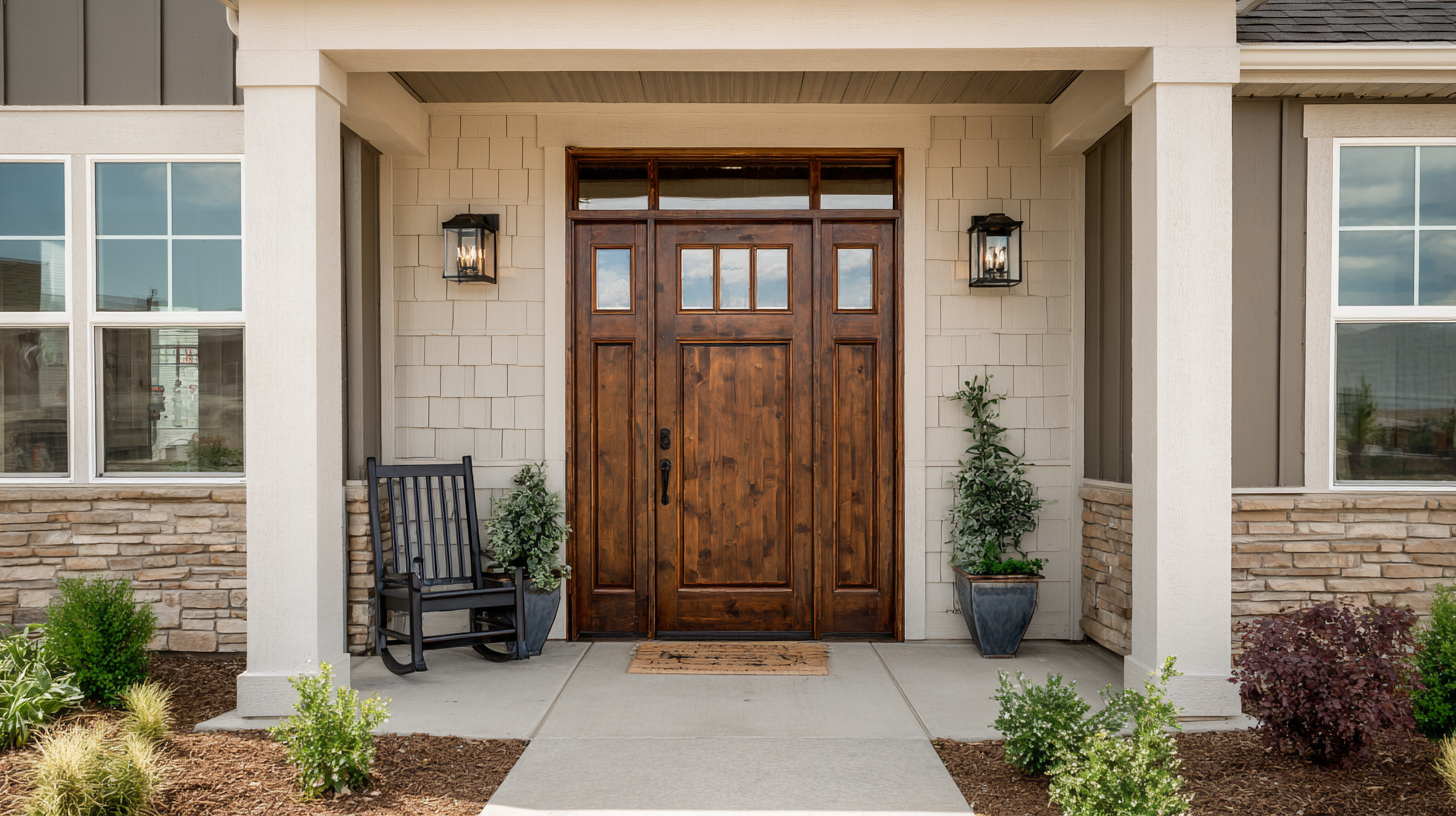
Homeowner Satisfaction: Surveying Perceptions of Value and Comfort After Upgrading Front Doors
Upgrading to energy-efficient residential front doors not only enhances the aesthetic appeal of a home but also significantly boosts homeowner satisfaction. According to the 2022 Remodeling Impact Report by the National Association of Realtors, replacing an old front door with an energy-efficient model can recoup approximately 75% of its cost upon resale. Homeowners report enhanced security, reduced energy costs, and improved comfort as primary benefits of upgrading. Many respondents in the report highlighted that the new doors contributed to a sense of pride in their home and increased overall happiness within their living environment.
Furthermore, a survey conducted by the Door and Hardware Institute found that 82% of homeowners felt that installing an energy-efficient front door improved their home's insulation and ambiance. Many cited a noticeable decrease in drafts, leading to a more consistent indoor temperature throughout the year. This not only translates to lower utility bills but also fosters a cozy environment that promotes relaxation and comfort. As homeowners become increasingly aware of the environmental impact of their choices, energy-efficient doors serve as a practical investment in both personal comfort and sustainability.
Exploring the Impact of Energy Efficient Residential Front Doors on Home Value and Comfort
| Homeowner ID | Before Upgrade Home Value ($) | After Upgrade Home Value ($) | Comfort Level Before Upgrade (1-10) | Comfort Level After Upgrade (1-10) | Satisfaction Rating (1-5) |
|---|---|---|---|---|---|
| 001 | 250,000 | 270,000 | 6 | 9 | 5 |
| 002 | 350,000 | 360,000 | 7 | 9 | 4 |
| 003 | 450,000 | 475,000 | 8 | 10 | 5 |
| 004 | 300,000 | 320,000 | 5 | 8 | 3 |
| 005 | 600,000 | 620,000 | 9 | 10 | 5 |
Related Posts
-
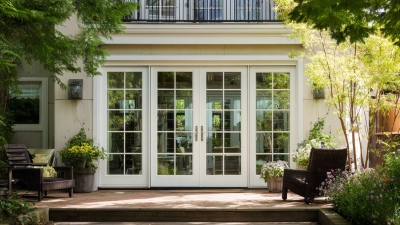
Transform Your Outdoor Space: The Ultimate Guide to Choosing the Perfect Exterior Patio Doors
-
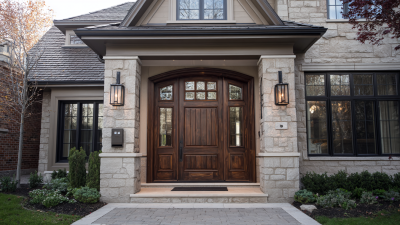
Transform Your Home's Curb Appeal with Stylish Residential Front Entry Doors
-
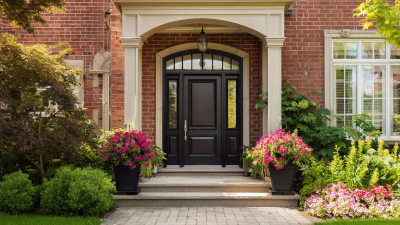
Maximize Curb Appeal: Top Trends in Front Entrance Doors for 2024
-

Unlocking Value: The 2023 Guide to Choosing the Best Energy-Efficient Residential Doors
